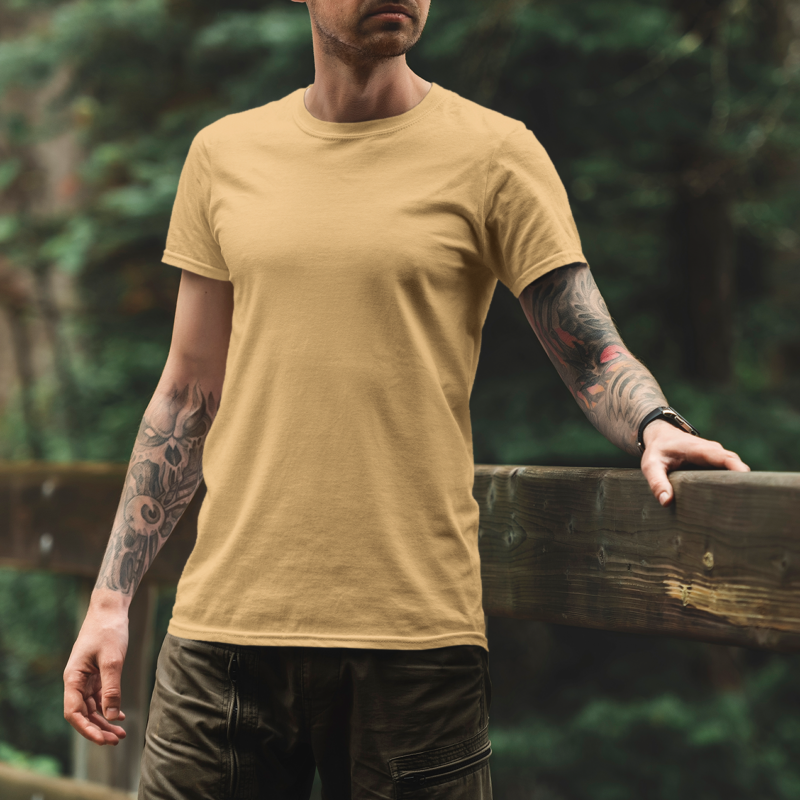Good Reasons On Choosing Hemp Clothing
Wiki Article
What Are The Advantages Of Hemp Fibres That Are Low Impact Clothing That Is Sustainable?
The hemp clothing made from low-impact is more environmentally friendly than clothes made from synthetic fibers. Hemp clothing is eco-friendly. It is fast growing and requires little irrigation, pesticides and herbicides when compared to other crops. Hemp can thrive in various climates and is adaptable to various types of soils, thus reducing the requirement for chemical fertilizers.
Hemp uses less water when compared to cotton. Cotton is known for its excessive use of water. It makes hemp a much more sustainable option for garment production.
Hemp can be grown without the use of herbicides and pesticides. In a lot of cases this can reduce the environmental impact of chemical farming.
Soil Health- Hemp cultivation can improve soil health because of the deep roots system, which prevents compaction and soil erosion. It also keeps the soil in a better state to grow future crops.
Biodegradability Biodegradability Hemp fibers degrade and biodegrade naturally in time. This reduces the environmental impact of textile waste. Synthetic fibers like polyester, can last up to a hundred years to degrade.
Low Carbon Footprint - Hemp fibers have a less carbon footprint than synthetic materials. Hemp is also an absorber of carbon dioxide through the absorption of carbon dioxide from air during its growing process.
Hemp clothing has a reputation for its durability and wear-and-tear. Good quality hemp clothes can last for many years and reduce the need for frequent replacements, and further reducing the amount of waste.
Hemp plants show natural resistance to various insects. Chemical pest control is not necessary.
Versatility- Hemp can be utilized for various textile applications, including clothing, bags and accessories. This makes it a sustainable and versatile choice for clothing and textiles.
Regenerative Agriculture- Some sustainable farming practices include hemp into systems of regenerative agriculture that aim to improve and restore ecosystems while producing crops. This approach could have positive effects on the ecosystem.
It is crucial to keep in mind that although hemp has the potential to offer several environmental advantages The sustainability of clothing depends also on factors such as the process of dyeing, transportation, consumer behavior, etc. Like any other industry, there are variations in the standards and practices used for production. It's essential to pick certified organic or sustainable clothing to reap the most environmental benefits. Have a look at the recommended hemp clothes for website examples including hemp apparel fabric, hemp apparel, hemp clothing, hemp clothing near me, hemp hoodie, hemp yoga clothes, organic hemp clothing, hemp apparel fabric, hemp polo shirts, 100 hemp t shirt and more.

What Makes Hemp Fibers Water-Wicking And Breathable?
Hemp fibers possess unique structural and chemical properties that make them breathable moisture-wicking, and thermoregulatory. These properties result from the following aspects. Microstructure- Hemp fibres have a porous, hollow structure that allows air to circulate inside the fibers. Hemp fabrics are extremely ventilated due to their porosity. When woven, or knitted together, this structure lets air flow. It promotes ventilation by preventing moisture and heat from being trapped on the skin.
Hemp fibers absorb moisture and wick away. Hemp is hydrophilic which implies it has an incredibly strong attraction to water. When you wear hemp clothes they can absorb sweat and moisture from your skin, preventing the feeling of being wet. The hemp fibers also disperse moisture across a wider surface of the body, allowing it to evaporate more quickly. The moisture-wicking properties of hemp ensure that you stay dry and comfortable while doing physical activity or in hot temperatures.
Hemp fibers are naturally insulating properties. They can trap warmth close to your body when it's cold, providing warmth. In hot weather they help to cool down by the ability of heat and moisture to be able to escape. Its inherent thermoregulatory abilities allow hemp clothing to be suitable for all temperatures.
Hemp fibers have natural antimicrobial properties that help to stop the spread and growth of bacteria responsible for odors. This feature helps keep hemp clothing fresh and free of odors even after periods of intense physical activity.
Hemp fibers are durable and durable. They are able to last for quite a while. Fabrics made of hemp fibres will keep their breathable and moisture wicking ability regardless of repeated washing and usage. This durability extends the lifespan of hemp clothes, decreasing the need for replacements and, consequently, the impact on the environment.
UV Protection- Hemp fibers provide a amount of organic UV protection, shielding the skin from harmful ultraviolet radiation. The UV-blocking properties add to hemp clothing's versatility, making it perfect for outdoor activity.
It is vital to understand because these qualities are intrinsic and not dependent on chemical treatments. Hemp has inherent characteristics that allow it to be a comfortable and sustainable choice for clothing. Additionally, these characteristics remain the same even after hemp fibers are converted into textiles. Check out the recommended helpful hints for hemp clothing for website tips including hemp t shirt mens, hemp long sleeve shirt, patagonia hemp work pants, hemp apparel fabric, american made hemp clothing, hemp clothing, hemp t shirt mens, hemp wear, nomad hemp wear, dash hemp clothing and more.

What Are The Advantages Of Wearing Bamboo Clothing To Ensure Comfort And The Environment.
Bamboo clothing offers many advantages for both the comfort of the wearer as well as their surroundings.
Softness- Bamboo fabrics are famous for their incredible softness. It is a silky smooth texture that feels soft against your skin. A majority of people find bamboo clothes to be luxuriously soft and comfortable, which makes it a popular choice for intimate clothes, loungewear, and activewear.
Breathability- Bamboo fibers are naturally moisture-wicking and breathable. They are made up of micro-gaps, which allow air to circulate, keeping you cool and comfortable in hot weather. The properties that wick moisture away from the fabric help to remove sweat from the skin. This reduces the sensation that the clothes are damp.
Bamboo clothing is a great thermoregulation properties. It can help keep you warm during cooler temperatures by trapping heat close to your body. In hot weather it will aid in keeping you cool by allowing heat and moisture to escape. Bamboo clothing is appropriate to wear all the time because it is adaptable to different temperatures.
Hypoallergenic- Bamboo fabric is naturally hypoallergenic and gentle on sensitive skin. Bamboo fabric is more likely than other fabrics to trigger allergic reactions or irritations, so it's a good choice for people with allergic skin or sensitive skin.
Odor Resistant- Bamboo fibers have natural antimicrobial qualities that can inhibit the growth of odor-causing bacteria. This makes bamboo clothing remaining fresh, even when worn in the midst of physical exercise.
Environment-
Bamboo is a resource that's highly renewable and environmentally sustainable. Bamboo is one of the fastest-growing plants on the planet. It thrives with a minimum of water, and does not require pesticides. Bamboo can be harvested, and the plant will re-grow from its roots.
Low Water Usage- Bamboo is inherently water-efficient. Bamboo can thrive with minimal irrigation. The rainwater supply is usually sufficient to allow it to grow.
Biodegradability- Bamboo clothing is decomposes naturally over time after it is thrown away. This decreases the amount of nonbiodegradable textiles that end up in landfills.
Carbon Sequestration Bamboo plants have the capacity to capture CO2 from the air during the rapid growth. Bamboo farming reduces greenhouse gas emissions as well as act as a carbon source.
Chemical Reduction- The manufacturing of bamboo fabric typically involves less chemical treatment and processing steps than some other textiles, reducing the environmental impact of textile production.
Closed-Loop Process- Some bamboo fabric processes are closed loop, which recycles water and chemical waste, and minimizes the amount of waste and pollution.
Be aware that the impact of your actions on the environment on bamboo clothing will vary based on whether or not it's made from sustainable and ethically managed bamboo forest. The best bamboo clothing for consumers is clothing that is produced using sustainable ethical methods to guarantee the highest environmental benefits. Read the top rated bamboo clothing hints for site advice including bamboo pajama pants, shakuhachi clothes, bamboo boxer shorts, bamboo sun shirt, bamboo jacket, bamboo sweater, womens bamboo t shirts, bamboo childrens clothing, bamboo ladies pants, bamboo shorts and more.
